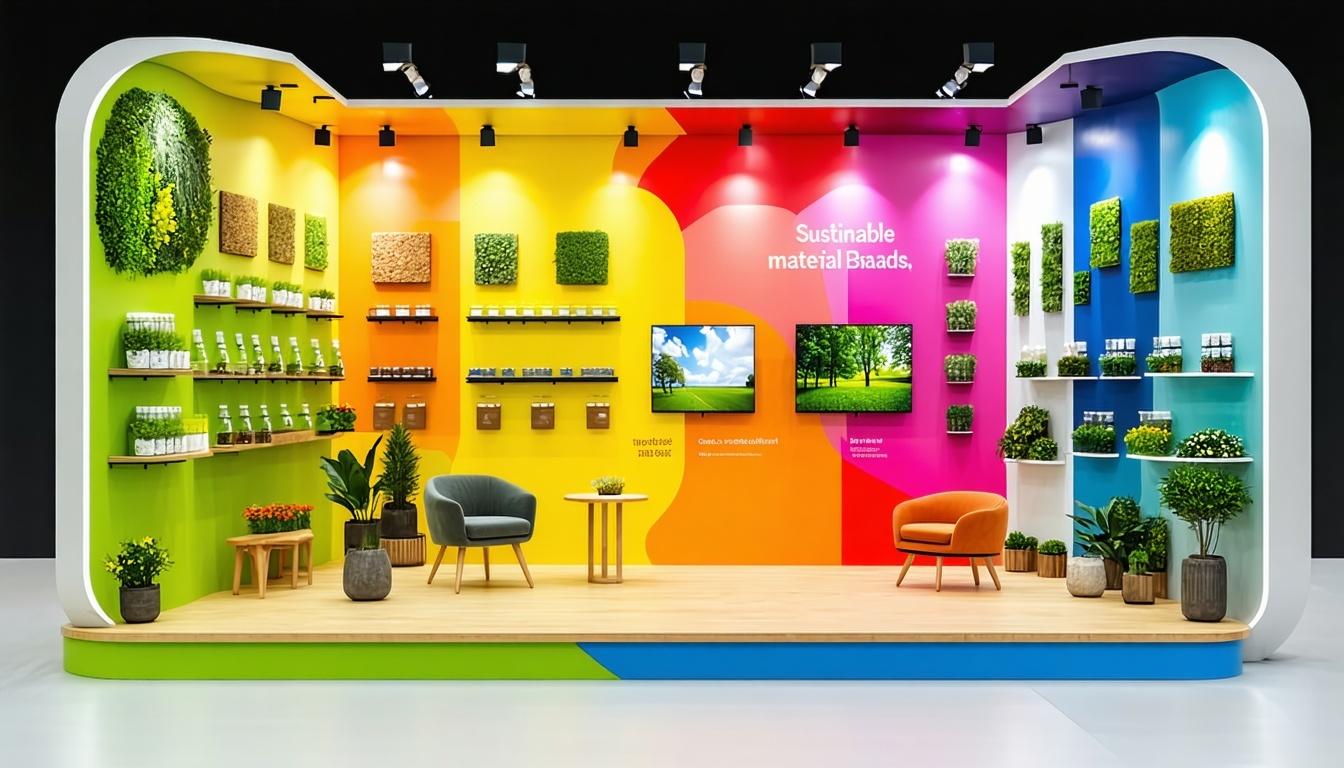Sustainable Alternatives To Polyester In Tension Fabric Displays

As sustainability becomes a key priority for brands seeking to create standout experiences, the choice of materials for events and exhibitions carries more weight than ever. Polyester has long set the standard in tension fabric displays, valued for its appearance and reliability. Yet, the growing demand for environmentally conscious solutions calls for a new approach, one that supports innovation without compromising visual impact or performance. In this article, we examine how sustainable alternatives to polyester are redefining what’s possible for events and exhibitions. Explore the latest developments in sustainable materials and discover how forward-thinking selections can support both your environmental goals and your creative vision.
Environmental Impact Of Polyester
Polyester is a widely used material in tension fabric displays due to its durability and aesthetic appeal. However, its production and disposal present significant environmental challenges. The manufacturing process of polyester is energy-intensive, consuming vast amounts of raw materials and contributing to substantial carbon emissions. Additionally, polyester is not biodegradable, and if not recycled, it ends up in landfills, exacerbating the waste problem.
Addressing these environmental impacts is crucial, especially for businesses committed to sustainability. Finding sustainable alternatives to polyester that offer similar benefits without the detrimental environmental consequences is a step forward in reducing the overall carbon footprint and promoting eco-friendly practices.
Sustainable Alternatives To Polyester
One of the most promising sustainable alternatives to polyester is fabric made from 100% recycled PET plastic bottles. This innovative material mimics the look and feel of traditional polyester but is significantly more environmentally friendly. By repurposing plastic bottles, this fabric helps reduce the volume of single-use plastics that would otherwise contribute to ocean pollution and landfill waste.
Moreover, some tension fabric systems are designed to be fully recyclable. These systems often incorporate lightweight aluminium frames and eco-fabrics, ensuring that every component can be reused or recycled at the end of its lifecycle. This holistic approach to sustainability helps minimise waste and supports a circular economy.
Benefits Of Using Sustainable Tension Fabrics
The adoption of sustainable fabrics offers numerous benefits beyond environmental conservation. For businesses, using eco-friendly materials can enhance brand reputation and appeal to an increasingly eco-conscious customer base. It demonstrates a commitment to sustainability, which can be a significant differentiator in competitive markets.
From a practical standpoint, sustainable tension fabrics are often designed to be updatable, allowing new graphics to be easily installed. This feature is particularly advantageous for businesses that frequently update their displays for different campaigns or events. Additionally, eco-fabrics contribute to reducing single-use plastics and conserving natural resources. For instance, every square metre of fabric made from recycled PET plastic bottles saves approximately 10-12 bottles from the ocean, showcasing a tangible environmental impact.
Sustainable Materials Vs Polyester
Eco fabric made from recycled PET plastic bottles offers a compelling alternative to traditional polyester. This fabric not only replicates the seamless, wrinkle-free appearance that polyester is known for but also provides a sustainable solution that aligns with modern environmental standards.
Tension fabric frames, typically constructed from durable, lightweight aluminium, complement these sustainable fabrics. The frames are designed for reuse, and the fabric panels can be easily detached, stored, and reattached. This flexibility reduces the need for frequent reprinting, further minimising waste. By choosing sustainable materials, businesses can extend the longevity of their displays while simultaneously reducing their carbon footprint. If you’re interested in exploring sustainable material options for your next project, contact us to start the conversation.
Posts by topics
- Blog (21)
- Sustainable (6)
- Exhibition Stand (4)
- Print (3)
- Point of sale merchandising (2)
- Retail Display (2)
- Building Wrapping (1)
- CSR (1)
- Child Bereavement UK (1)
- Community (1)
- Countesthorpe Academy (1)
- Elijahs Star Team (1)
- Hoarding (1)
- Spratton Hall (1)
- UK Govt Kickstarter (1)
- Wide Format Print (1)
- bespoke exhibition stand design (1)
- colour consistency (1)
- colour matching (1)
Recent Posts
Subscribe to our blog
You May Also Like
These Related Stories

POS Merchandising Sustainability: Why Is It Important?

Ensuring Brand Colour Consistency In Your Events And Exhibitions





No Comments Yet
Let us know what you think